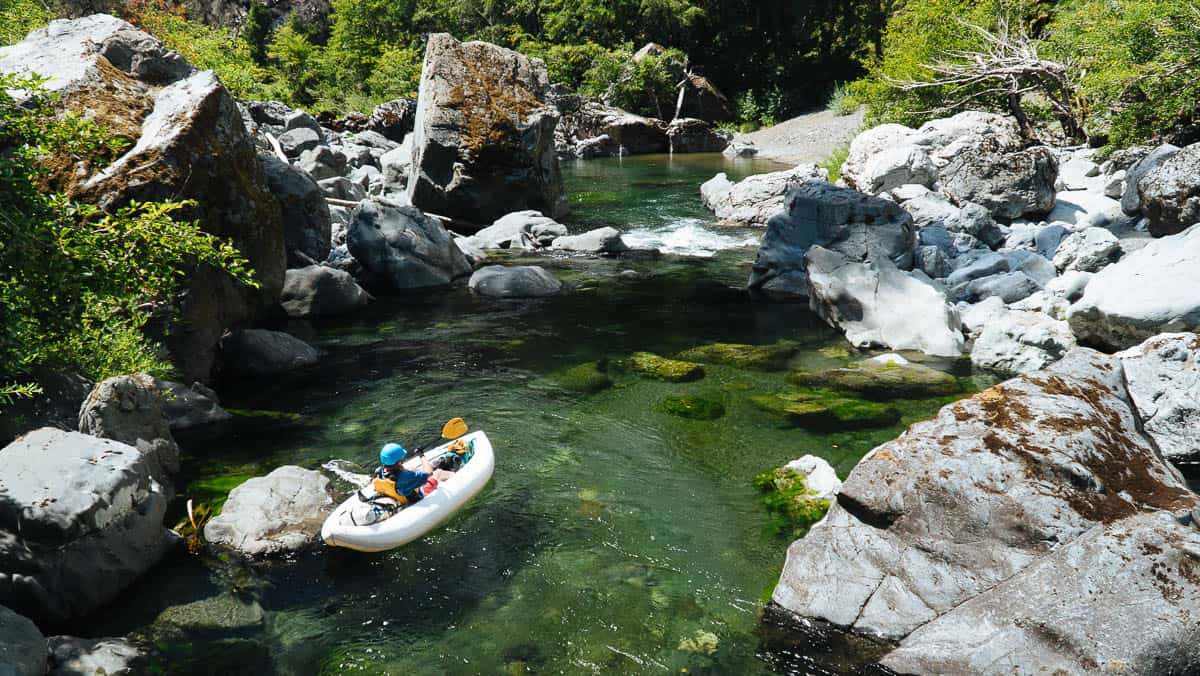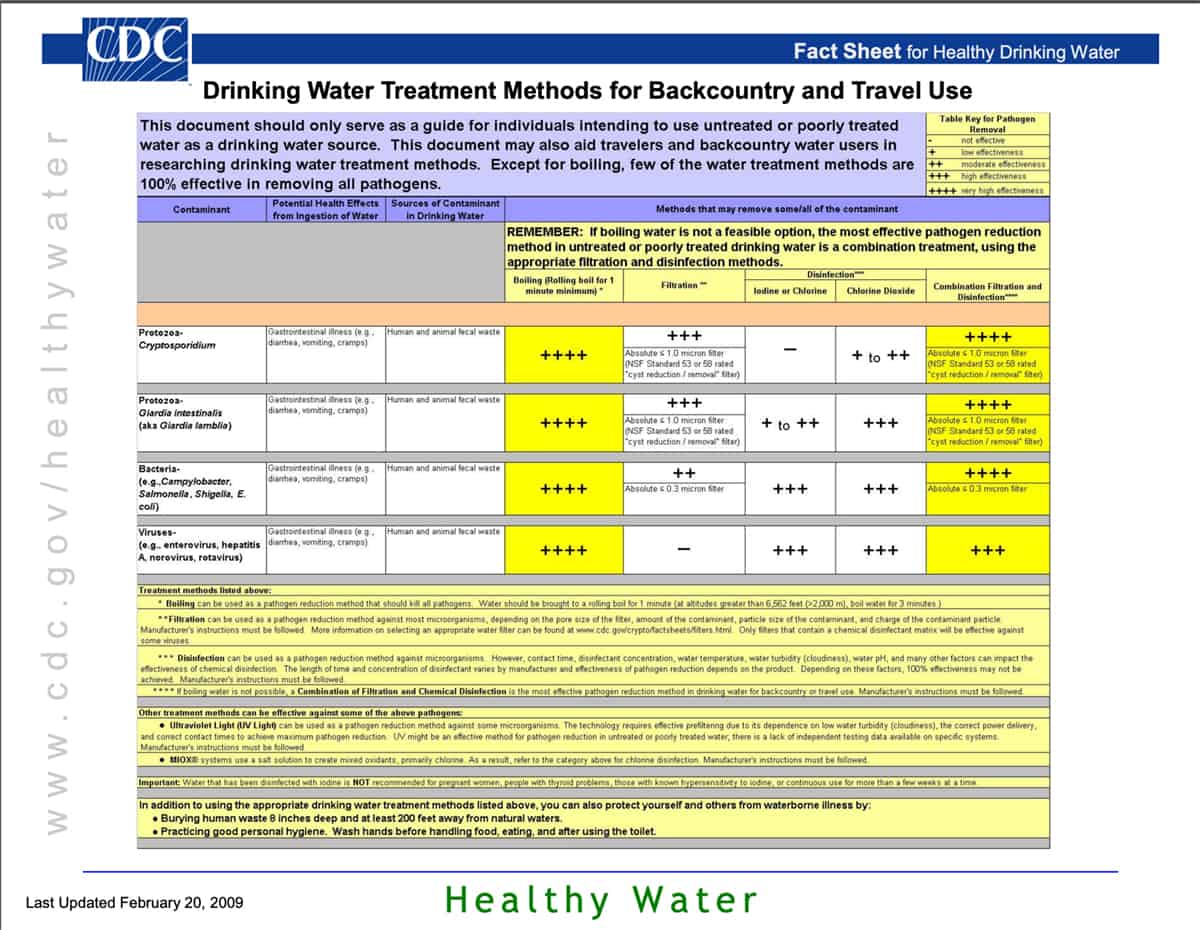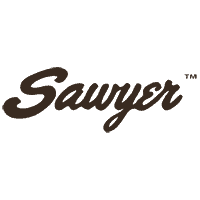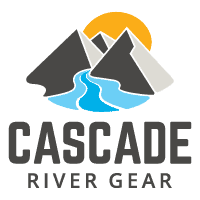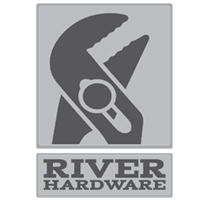Water Treatment for Backcountry Trips
Many developed campgrounds and trail-heads often have potable water available. In expedition style river trips or multi day hiking, water treatment becomes important for successful trip planning. You need to bring or treat enough water for drinking and cooking. If you are unsure how much you will need, here is a simple rule of thumb—one gallon per day per person. This accounts for consumption as well as a little extra for cooking water waste (drained pasta, etc).
While tempting to opt for no treatment and stick to ‘pure’ sources, anyone who has suffered gastrointestinal distress from contaminated water will attest to the fact that it is not worth the risk. No matter how pure the water source may seem, there are many microbes that can cause problems ranging from mild to life threatening. This article describes the common water contaminants and how to treat for them.
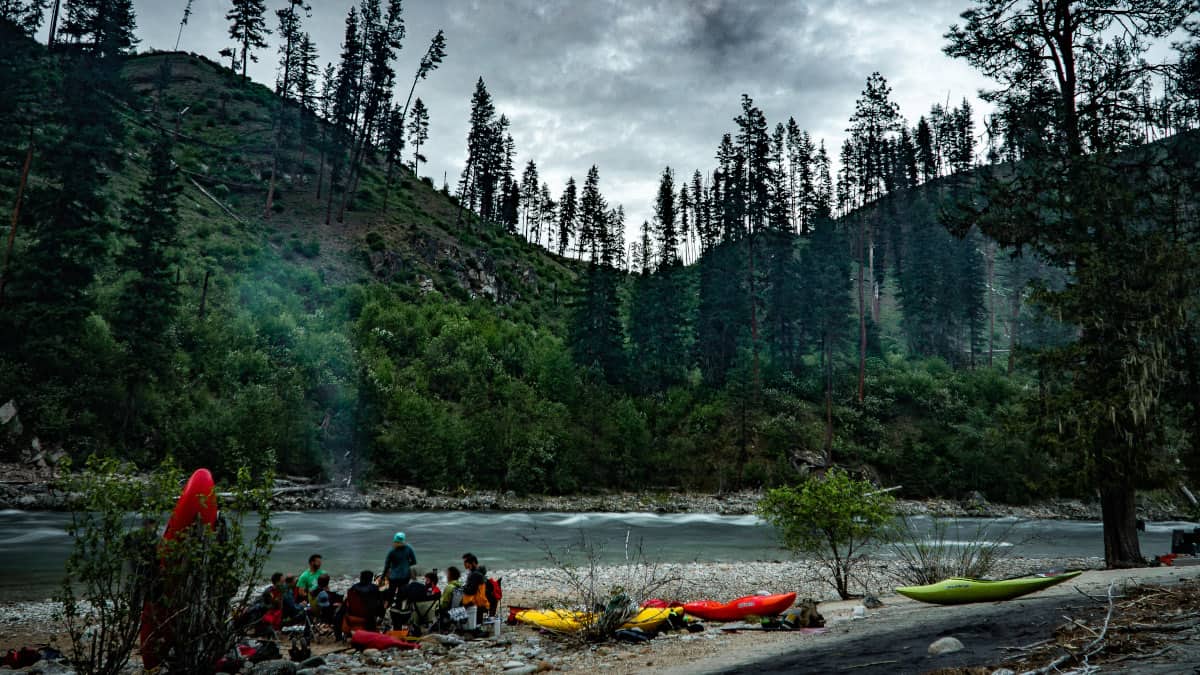
Packing out or burying human waste at least 8 inches deep 200 ft away from a stream prevents contamination of surface water. Photo by Lucas Rietmann.
Common Contaminants
Any waterway in contact with animals or people has some level of risk. Human and animal feces pollute water by introducing a variety of protozoa, bacteria, and viruses. Unfortunately, consuming water with any of these different contaminants can get you sick. Below are some common culprits.
- Protozoa: Giardia and Cryptosporidium protozoa commonly cause back-country illness. They both create a tough protective coating (cysts and oocytes) that allow them to survive many chemical treatments. They cannot survive boiling temperatures and, due to their size, filtration will remove them from the water. A filter rated NSF 43 or 58 with a 1 micron filter size effectively removes both Giardia cysts and Cryptosporidium oocytes.
- Bacteria: There are a wide variety of bacteria present in both living things and the environment that can make you ill, with some of the most well-known culprits being Salmonella and E. coli. But, bacteria lack the tough protective coating of protozoa, and chemical purification and boiling are highly effective. Unfortunately, their small size allows them to pass through many filters. Even a micron size of .3 microns is only moderately effective at removing bacteria from water.
- Viruses: Viruses pose a threat most commonly associated with large amounts of sewage influx near large population centers. North American wilderness areas typically fall outside this category. However, Norovirus outbreaks occur on the Grand Canyon and along the Appalachian Trail and spread relentlessly. Other potential viruses that can infect through ingestion include Hepatitis A and Enterovirus. Most filters cannot adequately remove viruses due to their small size. Nevertheless, other treatment methods are available, such as chemicals and boiling, that will be more effective.
Pre-Treatment
Not all water is created equal. Cloudy water (even from high quality sources such as glaciers) can clog filters and reduce the effectiveness of chemical filters. Most treatment options do not remove chemicals which rules out using water heavily contaminated by agriculture runoff. In addition, avoid treating hot spring water due to it's high concentrations of heavy metals and naked hippies.
Regardless of the method, settling improves the outcome of treating cloudy water. Low tech solutions such as prefiltering through a bandana will help maintain filters. Nonetheless, remember that bandanas are not adequate filters for chemical pretreatment. Below are the three most prevalent and available treatment options.
Treatment
- Boiling: This is a simple and effective treatment option. According to the CDC, bringing water up to a rolling boil provides adequate disinfection. Therefore, their recommendation of boiling for a minute allows for a margin of safety. This is easy for small groups in cold weather. It becomes difficult with larger groups due to the logistics of boiling large volumes of water.
- Chemical treatment: Iodine, chlorine, and chlorine dioxide are all common chemical treatments for water. Iodine and chlorine have similar effectiveness, and are found to be ineffective in the treatment of protozoa. However, chlorine dioxide sets itself apart by being moderately more effective to treat protozoa. An important consideration with this treatment method is that cloudy water will render the chemicals much less effective. If using chemical treatment as the only form of treatment I suggest chlorine dioxide.
- Filtration: Filters are effective against protozoa and, in some cases, bacteria. Unfortunately, they cannot provide protection from viruses. They vary in design, with pump and gravity systems available. When choosing a filter, it is important to know the size of the pores and if the filter is NSF 53 or 58 certified. In the case you cannot verify the NSF certification look for a .3 micron to ensure some effectiveness against bacteria. If you are planning on using separate treatment for bacteria, 1 micron is sufficient.
Recommended Setup
I pair filtration and chemicals to treat my drinking water. The budget friendly version: a 1 micron filter and some household bleach. The expedition version: a low micron filter and chlorine dioxide. This builds a redundant and reliable water system. The nice thing about this setup is that in the event of failure or complete loss, boiling is a third option. Redundancy is a nice quality when dealing with something so basic and essential as water.
